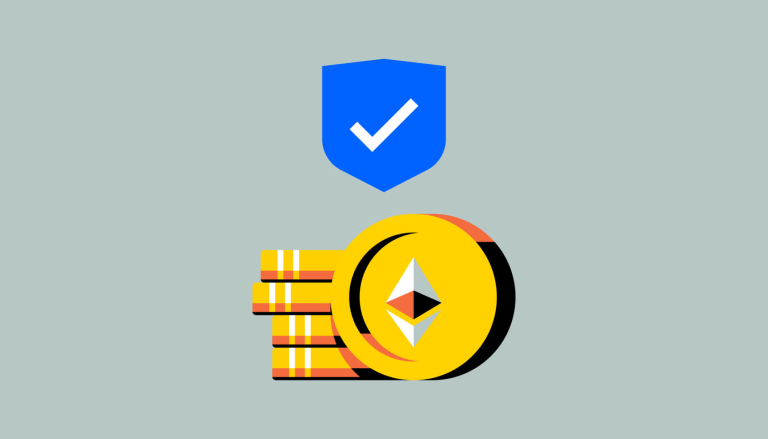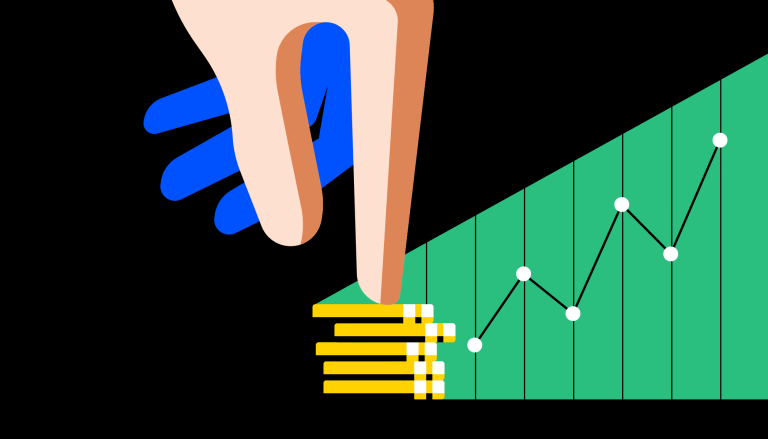How to stake Ether

There are plenty of benefits to using crypto and a self-custody wallet, including being able to participate in staking. Staking is a mechanism that allows you to participate in securing your favorite network while also potentially outpacing the returns you’d find elsewhere.
What is staking?
In short, staking is a way that holders of various cryptocurrencies can earn rewards on your selected crypto (which are distributed via smart contracts,) in exchange for helping to secure the blockchain. With proof-of-stake networks like Ethereum, Avalanche, or Solana, individuals can delegate their tokens to validators, which are computers that secure the blockchain by validating the transactions that are made using the network.
Many blockchains utilize staking to incentivize users to contribute to the security and trustworthiness of their platforms, in a process known as proof-of-stake (a type of consensus, as opposed to proof-of-work). When you stake your tokens on a proof-of-stake network, you are backing a specific validator to only certify valid transactions. A portion of the network fees (a.k.a. gas fees) are distributed back to validators and those who delegate their tokens to them.
Okay, I want to stake. What do I do?
Coinbase makes it easy and secure to stake your ETH in just a few taps.
In your Coinbase app, navigate to the ETH asset page. You’ll see a prompt to stake your ETH. At the time of publishing, the rewards rate is up to 4.00% APY. The reward rate for ETH is set by the network and can change over time.
Select any amount that you’d like to stake, read and agree to the terms and conditions, and then confirm.
Coinbase offers the ability to wrap your staked ETH for cbETH (Coinbase Wrapped Staked ETH) to sell, send or use in DeFi without being subject to the processing period to unstake, which is determined by the protocol. The price of cbETH is determined by the market, and may lose value. cbETH is available in select regions.
There are no fees to wrap your staked ETH into cbETH, and you will still earn staking rewards while holding the token. Learn more about cbETH here.
What if I don’t want to use a self-custody wallet?
One option is to buy cbETH in a decentralized exchange like Uniswap. You’ll earn staking rewards while holding the token and can sell it at any time.
Another option is to use a popular staking dapp like Lido using your self-custodied wallet. We’ll tell you how to stake on Lido. You’ll first need a self-custody wallet, like Coinbase Wallet, to use this dapp.
Lido is currently the most popular app on which to stake ETH, with the equivalent of $14 billion being staked there as of Q4 2023. You can also use Lido to stake assets like Solana, Polygon, and Polkadot.
To start, open up your Coinbase Wallet app, navigate to the browser, and go to lido.fi. Tap the menu icon in the middle of the screen, select Stake Now and choose Ethereum 2.0.
You’ll be taken to a screen where you can choose how much of your ETH you’d like to delegate to staking, review the transaction costs, and see what your annual return on staking is estimated to be. Visit Lido to see the current rewards rate.
Note that staking rewards come with potential risk of loss of ETH due to slashing, so read the terms and conditions carefully before proceeding.
And that’s it! You’re now staking ETH, helping keep its network secure and earning rewards that, at their current rate, outpace what you’d earn if you simply held onto cash. Want to stake other assets and participate more in the crypto ecosystem? See our guide on how you can stake your MATIC.


